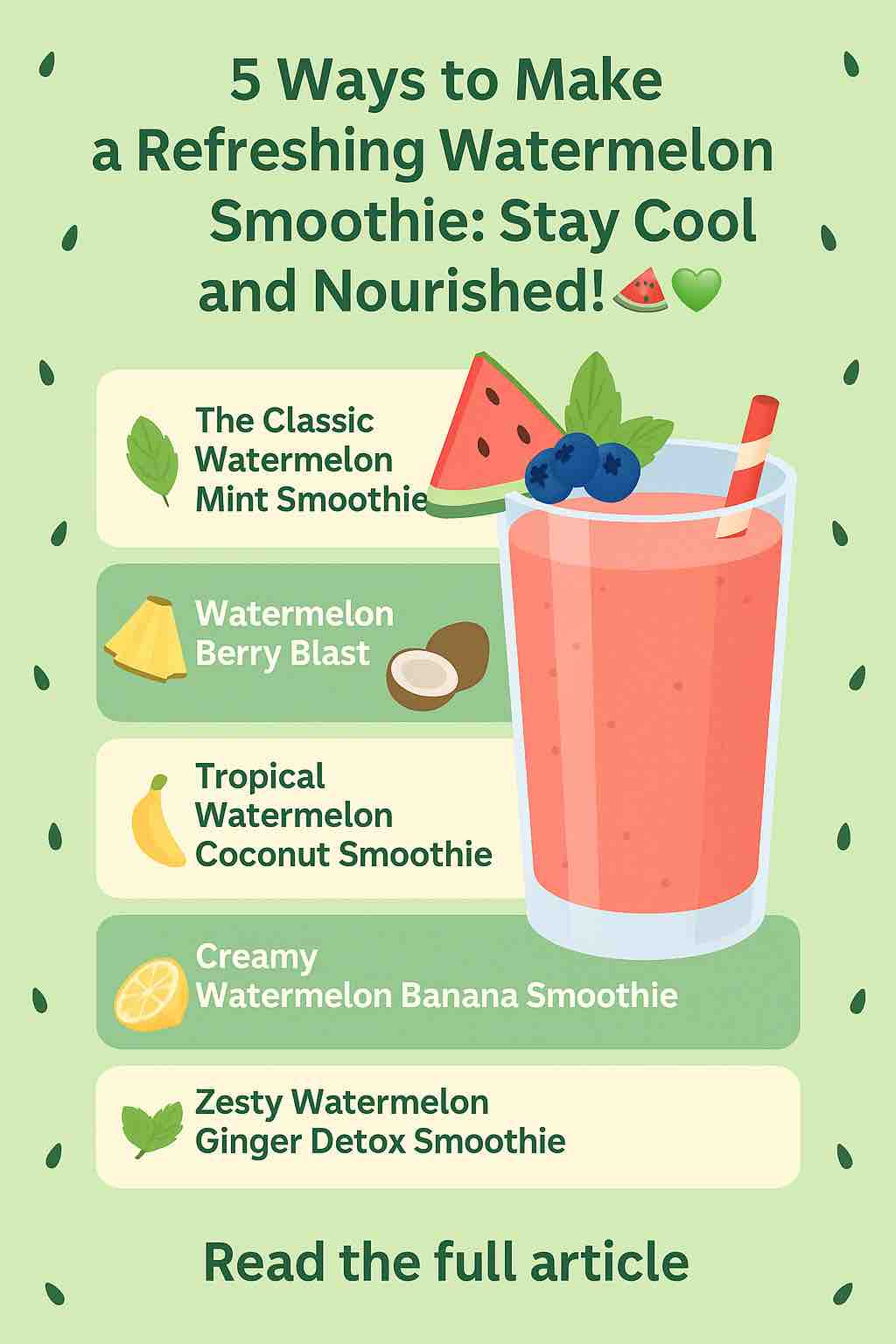
When you think of pulled pork, you probably imagine a smoky, slow-cooked, melt-in-your-mouth sandwich loaded with BBQ sauce. But what if we told you that you could get that same satisfying texture and flavor from a fruit? Meet jackfruit — the tropical wonder that has become a star in the world of plant-based cooking.
In this post, we’ll explore five irresistible jackfruit recipes that prove this fruit can stand toe-to-toe with your favorite meaty dishes. Whether you’re vegan, vegetarian, flexitarian, or just jackfruit-curious, you’ll find something here to love. We’ll cover tacos, curries, sandwiches, and more — all with rich, savory flavors and satisfying textures.
But first, let’s understand why jackfruit is such a great meat alternative.
🌿 Why Jackfruit?
Jackfruit is the largest tree-borne fruit in the world, native to South and Southeast Asia. When ripe, it’s sweet and aromatic — but for savory dishes, we use young green jackfruit. This unripe version has a neutral taste and a stringy, fibrous texture, making it an excellent stand-in for pulled pork, chicken, or beef.
- Texture: Shreds like meat when cooked and pressed.
- Flavor: Mild, so it soaks up spices and sauces beautifully.
- Nutrition: Low in calories, a good source of fiber, and free from saturated fats and cholesterol.
Now, onto the recipes that will turn you into a jackfruit believer.
🥪 1. BBQ Jackfruit Pulled ‘Pork’ Sandwich
This is the gateway recipe — smoky, sweet, and comforting. You’ll be amazed at how well jackfruit mimics pulled pork in this classic American dish.
Ingredients:
- 2 cans young green jackfruit in brine (not syrup), drained and rinsed
- 1 tbsp olive oil
- 1 small onion, finely sliced
- 2 cloves garlic, minced
- 1 tsp smoked paprika
- 1/2 tsp cumin
- 1 cup BBQ sauce (store-bought or homemade)
- Salt & pepper to taste
- Burger buns
- Optional: vegan coleslaw for topping
Instructions:
- Prep the Jackfruit: Use your hands or a fork to shred the jackfruit into strands. Remove any hard seeds or core pieces if present.
- Sauté Aromatics: Heat oil in a pan. Add onion and cook until translucent. Add garlic, paprika, and cumin; sauté for another minute.
- Add Jackfruit: Toss in the jackfruit and cook for 5–6 minutes, allowing it to absorb the spices.
- Simmer in Sauce: Pour in the BBQ sauce, mix well, and let simmer for 15–20 minutes, stirring occasionally. The mixture should thicken and caramelize.
- Assemble Sandwich: Pile onto toasted buns, add coleslaw if using, and serve hot.
👉 Why you’ll love it: It’s hearty, saucy, and finger-licking good — perfect for game day or backyard BBQs.
🌮 2. Spicy Jackfruit Tacos (Carnitas Style)
Bring the flavor of street food right into your kitchen with these bold and spicy tacos.
Ingredients:
- 1 can jackfruit, shredded
- 1 tbsp oil
- 1/2 onion, chopped
- 2 cloves garlic, minced
- 1 tsp chili powder
- 1 tsp cumin
- 1/2 tsp oregano
- Juice of 1 lime
- Salt to taste
- Corn or flour tortillas
- Toppings: diced onions, cilantro, avocado, salsa
Instructions:
- Sauté Base: In a skillet, heat oil and cook onion until soft. Add garlic and cook another minute.
- Cook Jackfruit: Add jackfruit, spices, lime juice, and salt. Stir well and let cook for 15–20 minutes. Optional: lightly mash some pieces to mimic shredded meat texture.
- Crisp It Up: For extra authenticity, spread the jackfruit on a baking sheet and roast at 400°F for 10–15 minutes until the edges are slightly crispy.
- Build Your Taco: Load up warm tortillas with jackfruit and top with your favorite garnishes.
👉 Why you’ll love it: It’s bold, zesty, and hits every craving note — especially with a squeeze of lime and some salsa on top.
🍛 3. Creamy Coconut Jackfruit Curry
Jackfruit also shines in rich, simmered curries. This recipe is inspired by South Indian and Thai flavors, bringing warmth and comfort to your dinner table.
Ingredients:
- 1 tbsp coconut oil
- 1 onion, chopped
- 1 tbsp fresh ginger, grated
- 2 cloves garlic, minced
- 1 tbsp curry powder or paste (adjust to taste)
- 1 can coconut milk
- 1 can jackfruit, shredded
- 1 cup chopped tomatoes
- Salt and chili flakes to taste
- Fresh cilantro for garnish
Instructions:
- Build the Base: Heat oil, add onion, ginger, and garlic. Sauté until fragrant.
- Spice It Up: Add curry powder/paste and fry for 1–2 minutes.
- Simmer: Stir in tomatoes, jackfruit, and coconut milk. Cover and simmer for 20–25 minutes.
- Finish: Adjust seasoning and garnish with cilantro. Serve hot with rice or flatbread.
👉 Why you’ll love it: Creamy, spiced, and satisfying — this curry is perfect for cold nights or weekly meal prep.
🌯 4. Jackfruit Enchiladas with Vegan Cheese
This Tex-Mex dish is packed with flavor and makes a great family-style dinner.
Ingredients:
- 2 cups cooked jackfruit
- 1/2 cup black beans (optional)
- 1 small onion, diced
- 1 tsp cumin
- 1/2 tsp chili powder
- 1 tsp garlic powder
- 1 cup enchilada sauce (plus extra for topping)
- 6 corn tortillas
- Vegan shredded cheese (optional but delicious)
Instructions:
- Make the Filling: In a skillet, cook jackfruit, onion, beans, and spices. Add half the enchilada sauce and mix well.
- Assemble Enchiladas: Warm tortillas, fill with jackfruit mixture, roll up, and place seam-side down in a baking dish.
- Top & Bake: Cover with more enchilada sauce and sprinkle cheese. Bake at 375°F for 20–25 minutes.
- Serve: Garnish with green onions, avocado, or vegan sour cream.
👉 Why you’ll love it: Gooey, savory, and baked to perfection — these enchiladas are a plant-based crowd-pleaser.
🍚 5. Jackfruit Dum Biryani (Indian Layered Rice Dish)
Traditionally made with meat, biryani gets a flavorful twist with tender jackfruit in layers of fragrant basmati rice.
Ingredients:
- 1.5 cups basmati rice
- 1 can jackfruit
- 1 large onion, thinly sliced
- 1/2 cup yogurt or coconut cream
- 1 tbsp biryani masala
- A few saffron strands soaked in warm milk
- Mint and cilantro leaves
- Salt and oil
Instructions:
- Par-cook Rice: Boil rice until ~70% done. Drain and set aside.
- Prepare Jackfruit Masala: Sauté onion until golden. Add jackfruit, biryani spices, yogurt, salt, and herbs. Cook till flavors meld.
- Layer and Steam: In a pot, layer jackfruit masala and rice. Drizzle saffron milk on top, cover, and seal with foil or dough. Steam on low heat for 15–20 minutes.
- Fluff & Serve: Gently mix and serve with raita or salad.
👉 Why you’ll love it: This dish is a celebration of aroma, spice, and texture — a must-try for fans of Indian cuisine.
🌱 Final Thoughts: Jackfruit Deserves a Spot in Your Kitchen
Jackfruit isn’t just a novelty — it’s a versatile, delicious, and sustainable meat alternative that can be transformed into countless dishes. These five recipes offer just a glimpse of what you can do with it, whether you’re trying to eat less meat or just want to try something new.
Pro Tip: Look for canned young jackfruit in brine — it’s the easiest to work with. Fresh jackfruit is a bit labor-intensive and usually too sweet for savory cooking unless very unripe.
Hungry yet? Time to grab a can of jackfruit and start cooking!
✅ FAQs: Jackfruit as a Pulled Pork Alternative
1. What kind of jackfruit should I use for savory recipes?
Use young green jackfruit, either fresh or canned in brine (not syrup). This unripe version has a neutral taste and meat-like texture. Ripe jackfruit is sweet and best used for desserts or smoothies.
2. Where can I buy canned jackfruit?
Canned jackfruit is commonly available at:
- Asian grocery stores
- Health food stores (like Whole Foods)
- Online retailers (Amazon, Thrive Market)
- Some major supermarkets in the international or vegan sections
3. Can I use ripe jackfruit instead?
No. Ripe jackfruit is soft, sweet, and fruity — perfect for desserts but not for savory dishes. For meat substitutes, always use unripe green jackfruit.
4. Is jackfruit a good source of protein?
Jackfruit is not high in protein. While it mimics the texture of meat, it doesn’t match meat’s protein content. Pair it with beans, lentils, tofu, or a protein-rich side for a balanced meal.
5. Does jackfruit need to be cooked before eating?
Canned jackfruit is usually pre-cooked and safe to eat out of the can, but for the best flavor and texture, it should be sautéed or simmered with spices or sauces in your dish.
6. How do I shred jackfruit to mimic pulled pork?
Drain and rinse the jackfruit, then pull it apart with your hands or forks. It naturally breaks into strands. Discard tough core pieces and any seeds unless you prefer to leave them in.
7. Can jackfruit be frozen or meal-prepped?
Yes! Cooked jackfruit dishes freeze well. Store in airtight containers and freeze for up to 2 months. Defrost and reheat on the stove or in a microwave.
8. Is jackfruit gluten-free?
Yes, jackfruit is naturally gluten-free. Just make sure any added ingredients (like sauces, tortillas, or buns) are labeled gluten-free if you’re sensitive or celiac.
9. How long does cooked jackfruit last in the fridge?
Cooked jackfruit will stay fresh in the refrigerator for 4–5 days in an airtight container. It often tastes better the next day as flavors deepen.
10. Can I cook jackfruit in an Instant Pot or slow cooker?
Absolutely! Jackfruit does well in both. Just reduce liquid slightly in slow cookers and adjust cooking time to 10 minutes on high pressure (Instant Pot), or 2–4 hours on low (slow cooker) for deep flavor.



















